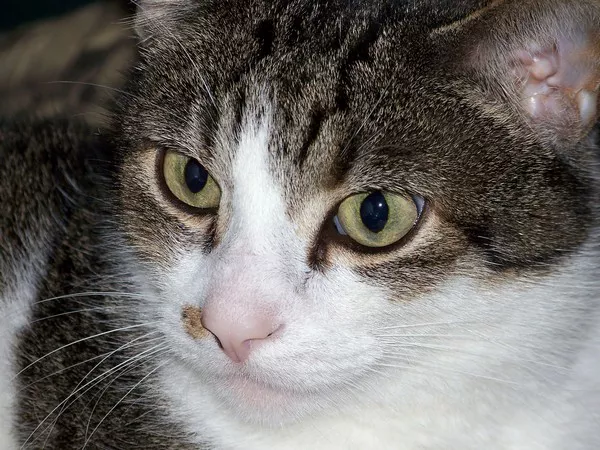No cat parent welcomes the unsettling experience of their feline companion hissing at them. While it might be disconcerting, hissing is a natural form of communication for cats, expressing discomfort, stress, or fear. When faced with this behavior, many cat owners find themselves unsure of the appropriate response – should they offer treats or leave the cat alone? In a recent Instagram post, certified cat behavior psychologist Saba Sayyed, known as A Cat Psychologist, provides valuable insights and advice for navigating these situations.
Contrary to common belief, Sayyed emphasizes that hissing is not necessarily an aggressive behavior. Instead, it serves as a warning signal from the cat, indicating a desire to avoid conflict or physical altercations. Understanding this perspective is crucial for responding appropriately to a hissing cat.
According to Sayyed’s expert advice, the key when your cat hisses is to give them space. Attempting to engage or encourage them to do something they are unwilling to do may escalate the situation. Instead, focus on creating positive associations for your cat. Offer a calm and non-threatening environment to help alleviate their stress or discomfort.
The nuances of feline behavior require a nuanced response. Sayyed’s recommendation to refrain from pushing a hissing cat aligns with the understanding that respecting a cat’s boundaries is paramount in fostering a positive human-feline relationship. By allowing the cat the space it communicates it needs, cat owners can contribute to a more comfortable and trusting bond.
In conclusion, when faced with a hissing cat, the guidance from certified cat behavior psychologist Saba Sayyed underscores the importance of restraint and positive reinforcement. Recognizing hissing as a communication tool rather than immediate aggression enables cat owners to respond effectively, creating an environment where their feline friends feel understood and secure.






















